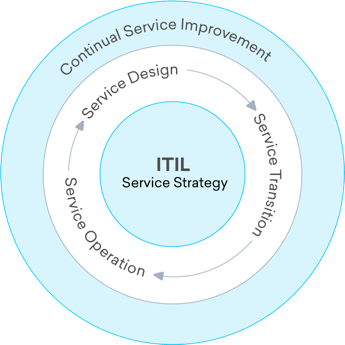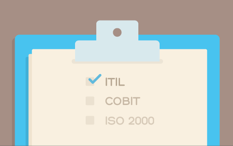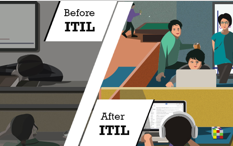ITIL V3 Fundamentals
ITIL V3 Incident management
In today’s business environment, it is imperative to ensure the business operations are conducted seamlessly without any hurdle. In case of an unexpected disruption to a service within the organization, productivity gets compromised. ITIL V3 Incident Management process adopts a set of best practices for effective incident handling and incident resolution to ensure smooth business operations with minimal or no downtime.
ITIL V3 Change management
Change is inevitable in every organization; technologies continually change and have to be replaced, existing solutions/applications have to be upgraded, etc. ITIL V3 provides a set of best practices termed Change Management to handle, prioritize and roll out changes efficiently. By utilizing change management effectively, downtime can be avoided.
ITIL V3 Problem management
The Problem Management team is responsible to perform a Root Cause Analysis (RCA) and to find a permanent fix/workaround for recurring incidents. It is recommended to have an effective communication strategy and to follow a proactive approach to avoid any major incident occurrence. Problem is one or more incidents with an unknown root cause. Problem management maintains a known error database, KEDB whose solution is unknown.















